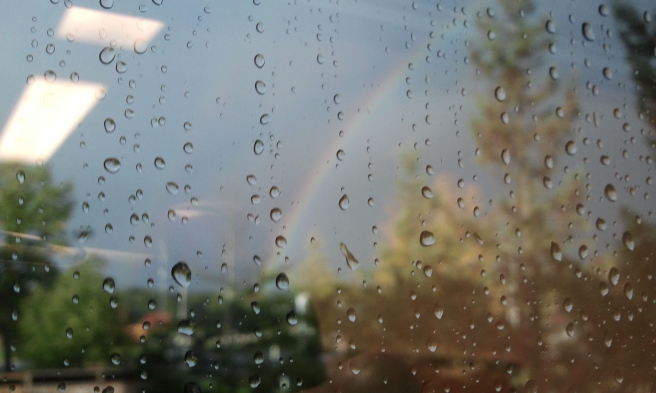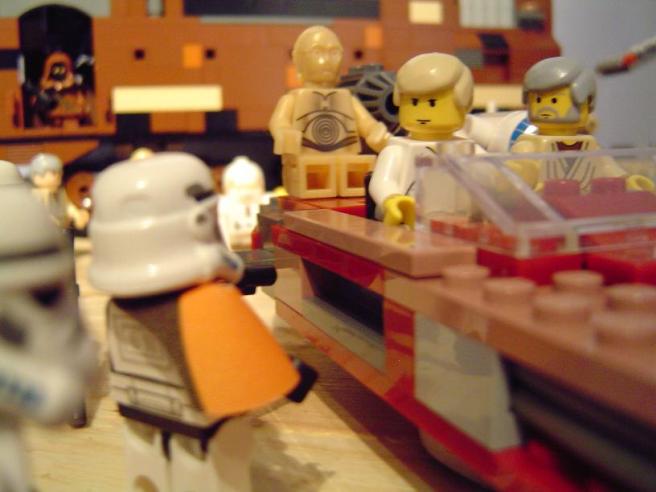
Over the holidays, I read I Am Brian Wilson, the erstwhile Beach Boy’s second memoir (after the first, written under the heavy influence of his therapist/Svengali Dr. Eugene Landy, Wilson eventually disowned). I wouldn’t necessarily recommend it for anyone looking for a deep insight into his process or a comprehensive behind the scenes chronicle of the Beach Boys’ history; it is very much the fragmented, personal recollections of a man looking back through a peripatetic lens from a lifetime’s distance. To my generation, Wilson is known largely as the subject of a Barenaked Ladies song, and as the Beach Boys’ records fade from airplay on all but the stubborn classic rock stations, he is remembered at a glance more for his struggles with mental illness than his musical contributions. To his credit Wilson does not shy away from describing the impact of his illness in his book and what has allowed him to manage it. It is sad that even in 2017 mental illness remains dogged by stigma; one can only imagine with horror what it was like to endure it under the celebrity spotlight in the era where it was still acceptable to call such individuals crazy and fling them into asylums tended by Nurse Ratched types.
In one passage, Wilson talks rather nonchalantly about seeing a report on television about a link between anxiety and creativity, identifying that the very same part of the brain which can cause us to worry incessantly about things that may never happen is what also allows us to conceive of worlds that never were. Maybe I’d always instinctively known that, given how many creative types throughout history have experienced some form of mental illness (or have even been described as merely having extremely difficult personalities), but I’d never read it put so simply and directly. It led me to reflect on my own experiences with anxiety over the years, and to think about how the two forces are linked far beyond the daily battles that may be waged in one particular individual’s brain.
My anxiety would not be termed crippling by any means, as it has never been so debilitating that it has kept me from getting out of bed or functioning as a capable adult, not once. But there was a time when it kept me fairly isolated from the world, where family and existing friends were ignored and the thought of initiating new relationships was as appealing as the proverbial root canal. On many consecutive nights alone with West Wing DVD’s playing on a loop in the background, disappearing into the fictional worlds I was creating was the only way I could calm a turbulent stomach and silence the mantra repeating in my head about how I was bound to fail at everything lying out there in wait beyond the door of my one-bedroom apartment. When fingers touched keyboard, those stresses vanished, and while I was in the process of creating, they were kept far at bay, locked in an impenetrable adamantium cage.
As soon as I hit save and close and stepped away, however, the anxiety roared back – questions of what now, assurances that no one would ever like this, that I’d never find a way to support myself with it, and that it was all a colossal waste of time. I could never talk about what I was working on either, as my fear of the hated “oh, that’s nice” response or that people would think I was weird or simply wouldn’t get it made it easier to gloss that part of me over or pretend it didn’t exist. So writing became more and more of a narcotic, as I shunned the outside in favor of the blinking cursor, but a significant part of me still wanted that outside, even as much as I feared entering it or didn’t seem to be able to function very well while navigating it. I wanted to be as confident in interacting with real human beings as I seemed to be proficient in writing fictional dialogue, and I could never quite understand why the two did not complement one another. Whatever the case, it was not a recipe for happiness.
Even years removed from those lonely nights, when I am now married, a parent, a homeowner and gainfully, stably employed, the anxiety lingers, reminding me how much of a failure I am each day – even though an objective observer would confidently argue the reverse. With dogged determination, anxiety has crept into the previously impenetrable sanctuary of the creative process as well, leaching away what used to be the most reliable source of my confidence. If I were somehow able to plug into my thoughts as I write this post, here is what they would be saying: who are you kidding, this is pure shit. This makes no sense, this is self-indulgent and pretentious, the writing is godawful, high school caliber, and hell, even high schoolers can write better than you. It takes you hours what some of your peers can toss off effortlessly in fifteen minutes, and you might as well just delete this post because nobody’s going to read it, let alone like it anyway. You should give up and get on with your life and leave this field to people who know what they’re doing and actually have people listening to them. No one cares. NO ONE CARES. (Repeat to fade.)
I thought that eventually this would go away as I wrote more and published wider, but it’s gotten worse, to the point where literally dozens of posts have been strangled in the cradle, never seeing the light of day, because the voice of negativity has been too strong to overcome – expanding from mere inadequacy about one’s capabilities to sheer terror that some pissed off Trump-worshiping Internet troll is going to go to town on them. But if anxiety and creativity are the same part of the brain, then it stands to reason that an increase in one would be directly proportional to an increase in the other. As ideas spring and percolate and yearn to take shape, so too does the counterforce in equal measure, belittling and slapping those ideas down; apathy rears its slouching head to nip persistently at the heels of effort. This doesn’t do any favors to goals of becoming more productive and prolific, but it would seem that you have to accept this rather Faustian trade in order to get on with things, and the less time spent bemoaning it, the better.
Towards the end of his documentary The Secret Life of the Manic Depressive, Stephen Fry ruminates about the possibility of trading away his manic phases to the benefit of owning a more stable emotional state of being, and he offers bluntly, “I need my mania.” It is a rather potent question to be asked even of those of us who don’t veer to those sorts of extremes: would we give up our creativity to live without our anxiety and much more confidently, in order to be that guy who can walk into the room and charm the pants off everyone he meets, who always knows exactly what to say in every single situation, who never has the slightest doubt about who he is or what to do next, who never worries about what tomorrow might bring? If you’re a writer, a painter, a musician or anyone who finds their passion in any creative works – whether it’s a casual hobby or how you put food on the table, could you answer with a yes? I suspect that for many, there are days that you might, when it all seems to be folding in on you, when the abrupt ring of the telephone is a blade filleting every last nerve into shreds of spaghetti and you can’t fathom how you’re going to make it till tomorrow. Yet in the calmer moments, you can look back at the impressive body of work that you’ve amassed and shake your head and say of course not, are you kidding me? It is a lingering question with as many layers of duality as the integration of the two states themselves.
Even after reading his memoir I don’t know if Brian Wilson could definitively say one way or another, if he would have preferred a quiet, certain life over the chance to gift the world with “God Only Knows.” But there might be a serenity to be found in learning (eventually) to accept that, in the words of Frank Sinatra, you can’t have one without the other – that the pitiless snarls of the beast salivating for your failure are mere fuel for the imagination that will ensure your success.
When you figure out how, let me know.

